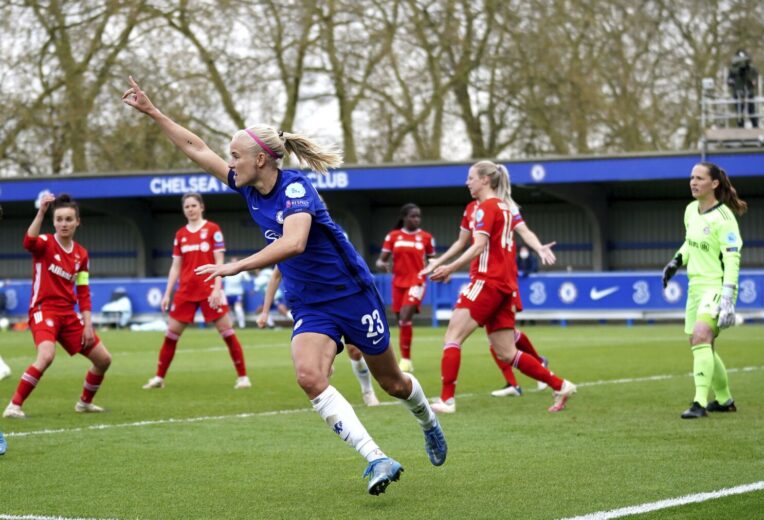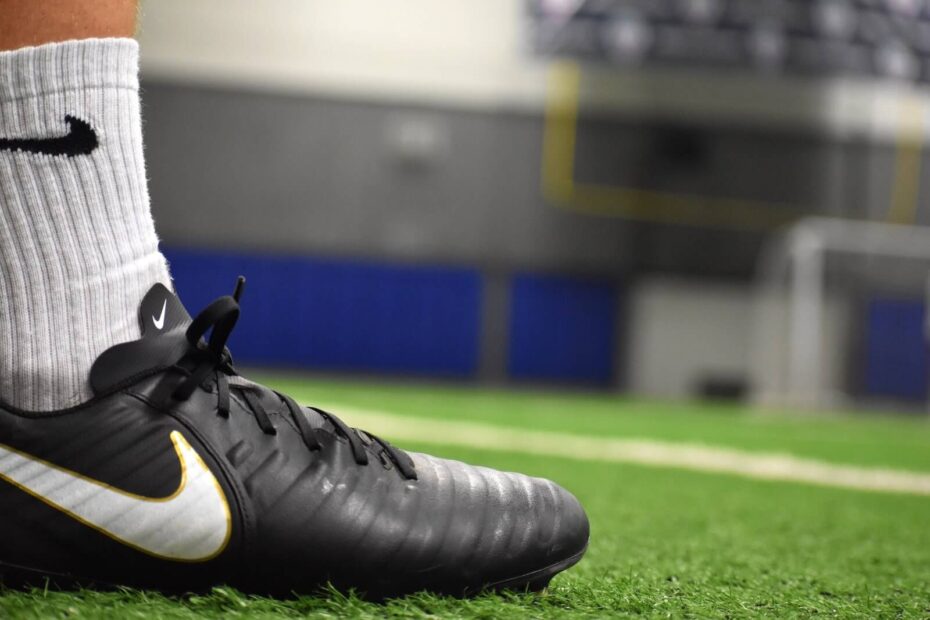As with any other piece of clothing, we need to take that extra care when buying soccer cleats. It is easy to assume that we’ll need some extra space for that maximum comfort. Ending up with cleats that are too tight will not only lead to discomfort but potential health issues as well. This goes double when buying cleats for our kids, as the whole experience can take away quite a bit of time.
Contents
Soccer cleats
Soccer shoes are an important part of a good game of football. These shoes are a great way to enhance the overall experience with the game. They slip less and provide ample protection if injuries were ever to occur. The soccer cleats are a staple of soccer, being the second most recognizable detail about the sport after its ball.
The overall design of the cleats is quite diverse despite them looking uniform. Multiple types exist and come in handy for different positions on the field. It’s good to know them to grasp how impacted by the size they are.
Firm ground cleats

These cleats are perfect for outdoor games and operate best on grass fields. The models are designed to handle artificial grass, too, nowadays, leading to this whole type becoming far more versatile than initially intended. Keep in mind that rougher terrain like concrete may quickly damage these cleats and lead to less protection and maneuverability in general.
The potency of firm ground cleats can be further enhanced by taking into account the wearer’s position in the team. Leading players will need speed and maneuverability of standard, lightweight cleats, while those who play defense will have far better use from better protection being attached to the cleats. There are picks among cleats for both of these styles, helping you choose the right type quickly.
Hard ground cleats
These cleats are for some rough ground rather than plain grass fields. Whether it’s rocks, hard dirt, or just a really rough field, these cleats will suffice. They are meant to stay on top of the ground, unlike firm ground ones, which dig slightly into the ground as you run. The cleats like this are capable of inherent roughness of the terrain they cover.
Unsurprisingly, the games taking place on such terrain can lead to injuries and twisted ankles easily simply due to the severity of the terrain. That’s why you should keep them on if we aim to play on such an unfitting field.
Indoor cleats

Now for a much less versatile piece of equipment, we have indoor cleats. As their name suggests, indoor cleats are aimed at players who will be staying inside during their matches. Whether it’s a close stadium or a training hall, these cleats will come in handy.
These are the one type of soccer shoes that come without cleats. In fact, their appearance is more akin to sneakers than standard cleats. Their grip on the court is an important factor in their use. The floors inside stadiums can get quite slippery, and these shoes help us keep the balance that’s extremely required in such places.
Soft ground
Of course, the other end of the spectrum brings us to extra studs on the shoes. Soft ground shoes are perfect for muddy terrain. Their most frequent use being as replacement shoes after rain has fallen during the game. Their design incorporates both extra studs that drill into the ground and makes those studs metal for a better grip.
However, these types of cleats aren’t always allowed. Check with whatever related league your team is playing in before wearing soft ground cleats in an official setting like that. The concerns stem from potential injuries one can sustain if hit by one of these. It won’t cause that much extra damage than the standard cleats, but sometimes that’s all it takes to inflict a heavy injury onto somebody.

The choice of soccer cleats is important and so is finding the right place to purchase them. Our goal is to find the cheapest and highest quality cleats for our family members who need them. For kids, the most reliable and consistent place to find good soccer cleats is located directly on https://www.dreampairshoes.com/collections/kids-soccer-shoes.
How much bigger should soccer shoes be
Now let’s get to the meat of the question, how much should the cleats be to offer a comfortable space for our foot. As you can imagine, cleats are rather strong and do not stretch out well as some other footwear. That’s why this extra space ends up being so important.
The usual suggestion is to leave a ¼-inch space from your toe to the end of the cleats. The obvious part you should take note of is the constant difference in models. That means you could find a “wrong” number that fits you better than a standard one you usually buy.
Softer cleats
Any type of softer cleat usually works fine with a bit smaller extra space than others due to the sheer nature of the material. They may be capable of slight stretching, which will result in us truly getting the most comfort out of them, with the ¼-inch rule still being respected.
Harder cleats

When harder cleats are involved, we recommend leaving even a slight bit of more space free. If you are unable to comfortably move in your shoes, they’ll have quite a hard time playing. This is especially true if metal spuds are present, as those can get our legs tired in combination with the discomfort.
Conclusion
The required space isn’t too big. We need quite a little amount of extra space, ¼ inch, which will result in quite a lot of comfort. We shouldn’t underestimate how much this impacts our playing capabilities. Comfort helps stave off fatigue and allows us to keep our speed up at any point of the game.
Hopefully this will help you get a good grasp on how to best pick cleats. Which will lead to healthier feet and less fatigue during long games. Problems with feet can be quite dangerous so preventing them is good.
